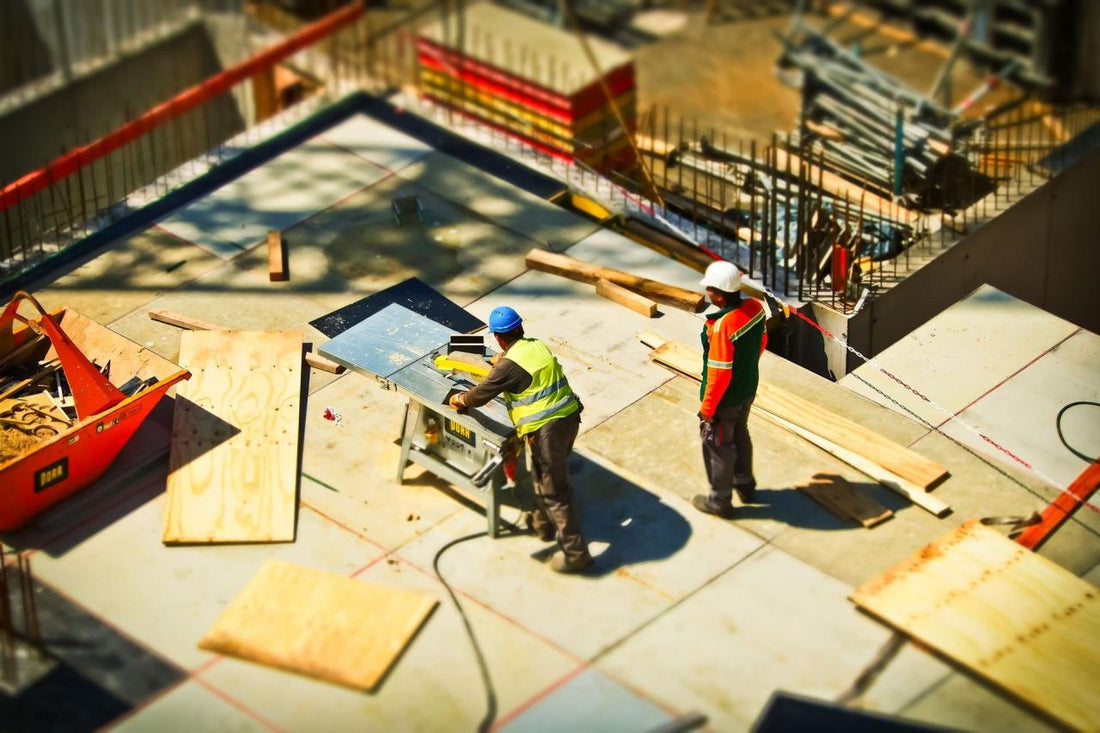Almost all construction professionals face the same problem – cash flow. Large upfront costs and long waiting periods between payments are normal occurrences; retention adds to this cash flow problem for contractors and project managers.
Holdback is a long-standing practice in the industry that can make life challenging for construction workers. But by understanding what withholding is and how it works, you can protect yourself and start implementing processes to help you get paid faster.
Retention in Defined Construction
The definition of retention is simple – it is the percentage of the price of a contract that is withheld from a contractor. Retainage is common in construction, for both commercial and public projects, and the percentage typically ranges from 5 to 10 percent of the total price.
The purpose of retention is to reduce the risk of a contractor owner not completing the project according to their specifications. However, although withholding is common, it is not always used fairly. It can quickly create cash flow problems for contractors, especially for subcontractors who complete their work close to the start of the project.
For most construction companies, retention payments make up most or all of their profit margin: not collecting retained funds means losing money on the project.

What Every Construction Contractor Should Know About Retention
To help mitigate the cash flow problems that retention can bring to your construction business, it's crucial to understand how this practice works – and as a contractor, you have more power than you think.
While withholding may restrict your cash flow, the full amount is typically not withheld upfront. Instead, it's applied to your progress payments. For example, a $50,000 contract with 5% retainage doesn't mean you've lost $2,500 since the start of your project; you will deduct withholding from each milestone payment. Therefore, if the same contract is paid in five payments, $500 will be withheld each time.
You may be wondering how to calculate retention, but this is not definitive. Both the owner and contractor must agree to a retainer fee when entering into a contract. You can also negotiate variable retention, which can work in two different ways.
For example, variable retention may consist of retaining different amounts over the duration of the project, or you may request that it be paid immediately once your portion of the work is completed. It could also apply lower retention rates to materials and higher retention rates to labor, helping to cover upfront costs with lower profit margins.
Limits and retention periods
While retention depends primarily on the terms of your contract, most government agencies set limits on retention rates and payment deadlines. It is important for each contractor to understand the laws and regulations regarding retention in their area.
Let’s look at California – the state with the largest construction production in the US – as an example. For all public projects, retention fees are capped at 5% and owners must make full payment of retention to their contractor within 60 days of project completion. Then that contractor has one week to pay his subcontractors.
Most places have laws governing the use of construction retention, although the rates, timing, and specifics of its use can vary drastically.
Retention Payments and Substantial Completion
In most construction contracts, the contractor will not receive retention payments until the project reaches “substantial completion,” which introduces some problems.
First, subcontractors who perform their duties at the beginning of the project, such as laying the foundation, will likely have to wait long periods before they can receive those payments.
Secondly, there is a broader issue – substantial completion has no universal definition and, in many contracts, is extremely vague. When contract terms are open to interpretation, it becomes an even greater challenge for contractors to plan their cash flow because the project completion date becomes a sliding deadline.

Retention and mechanical liens
As a contractor, you have a powerful tool you can use to collect payment due – a mechanics lien. You can use it to force any outstanding payments, including retention, for work done.
However, you typically won't receive your retainer payment until the project is completed, and if you want to file a lien, you'll have to do so within a specific time frame. This leaves you with two options: file a lien and possibly damage your relationship with that customer, or let the deadline pass and hope the owner complies and pays your hold. It's a fine line for a contractor to walk.
How to Navigate Hold and Get Paid Faster
Whether you are a construction company or contractor, you have the right to be paid for included work retention. It's important to understand your rights and options for negotiating and collecting your retainer payments upon completion of a project.

